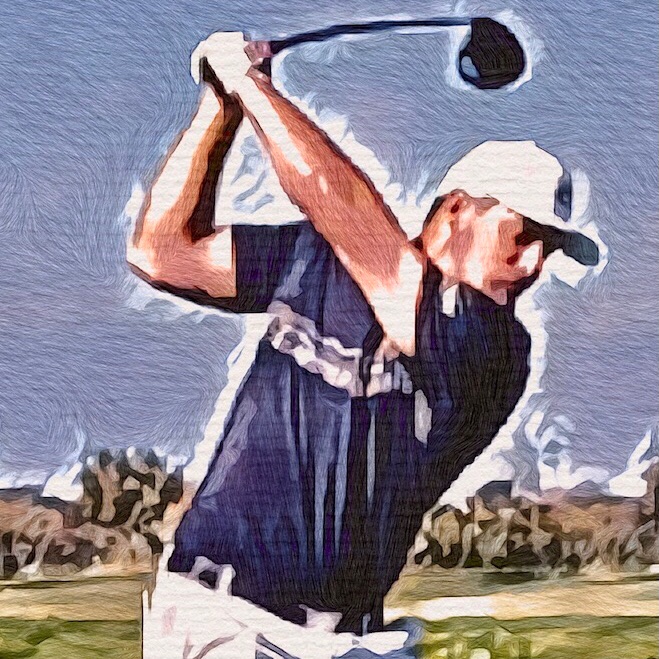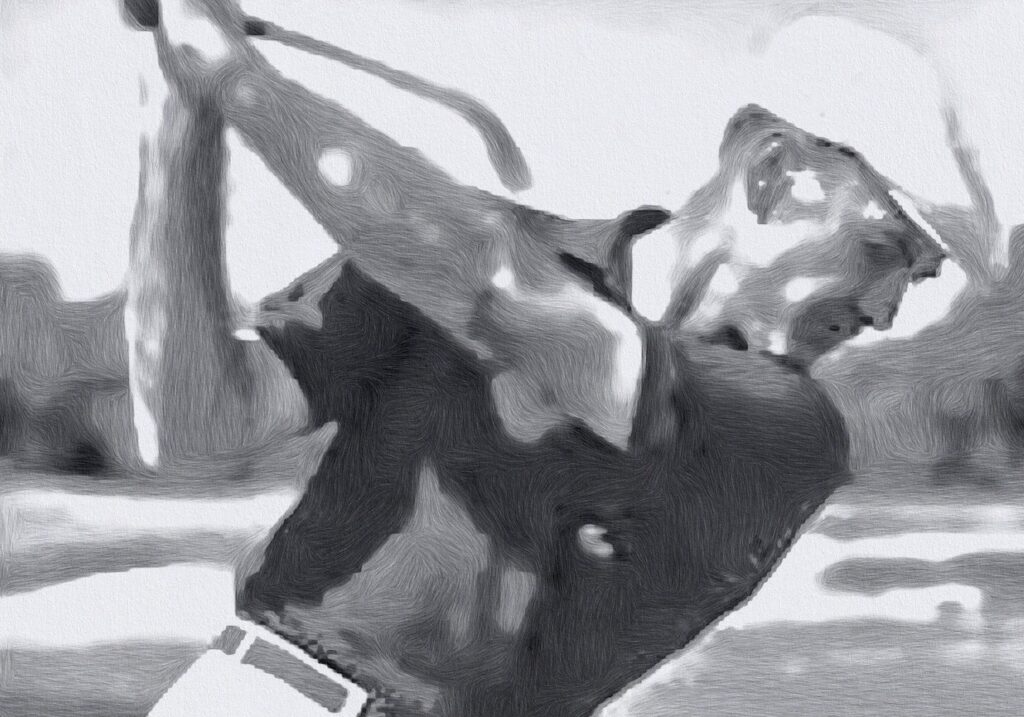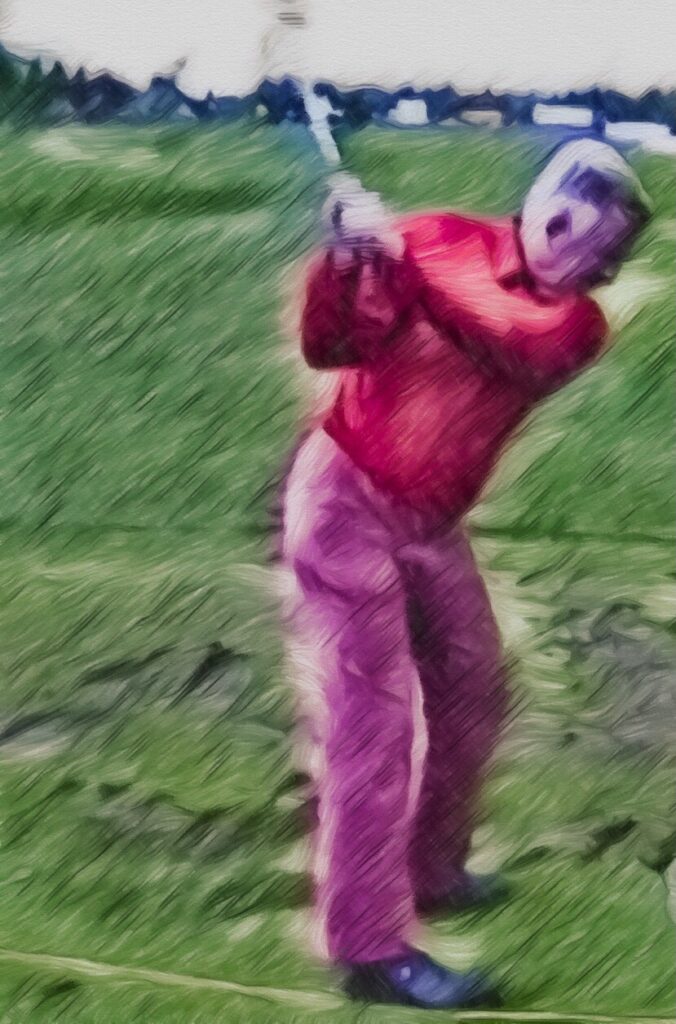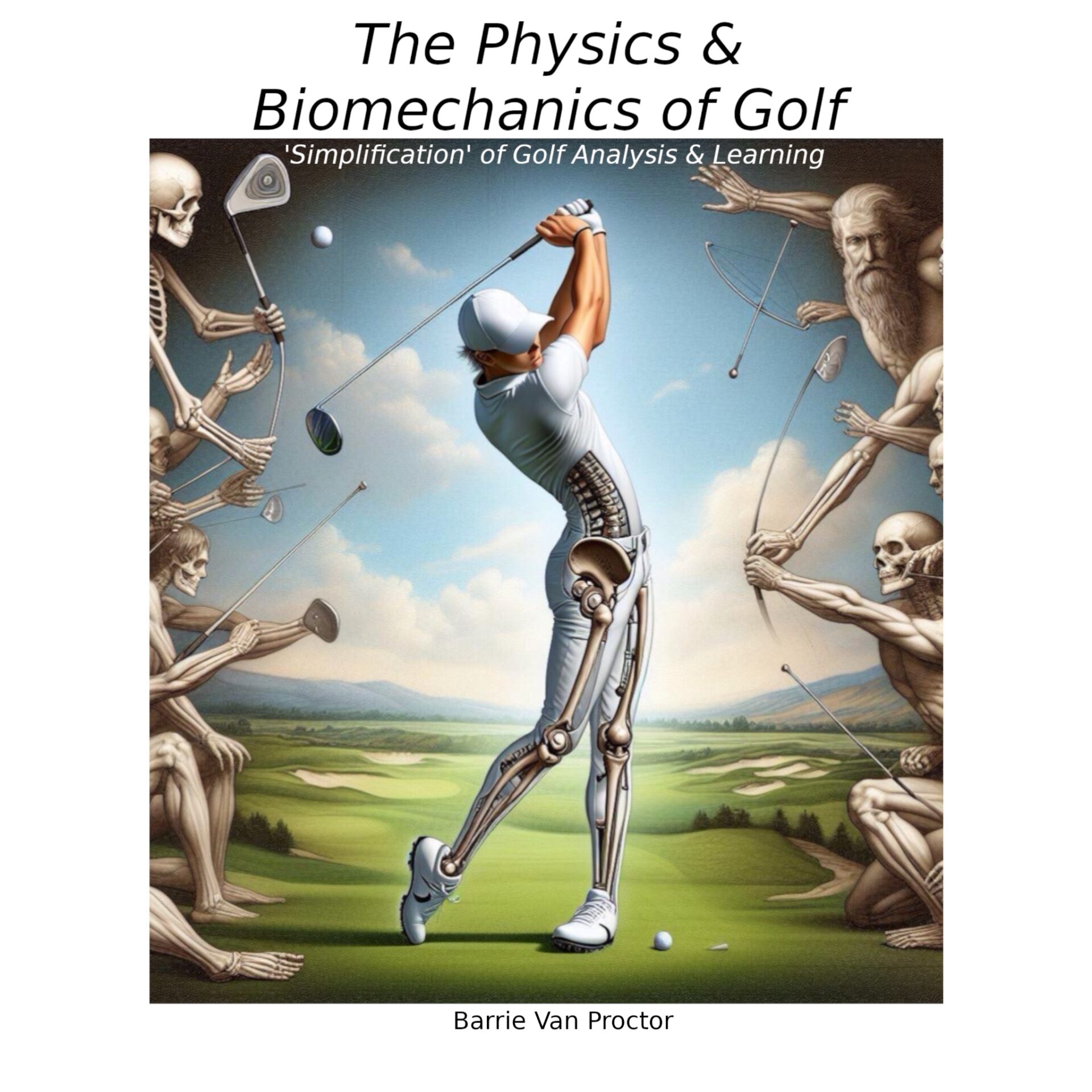Your basket is currently empty!

Sequencing in the Golf Swing Part 1
The Single Plane Golf Swing
Sequencing is usually correctly taught in terms of ‘which components of the motion proceed which’. However, how one goes about achieving this, is not so clearly described. This falls then into the purview of biomechanics. When sequencing gets brought up, in the vast majority of cases it is with deference to the downswing. This is all very unfortunate. Sequencing is possibly the single most important variable. It is also one of the most complex to both analyse and correct. What most commonly gets considered, is at best one quarter of the swing and fifty percent of the equation.
Sequencing, or the awareness thereof, should be considered from the very outset of the takeaway. Actually, in strict terms before this. Presetting, or deviating from ‘neutrality’ in the setup can either encourage or curtail certain articulations and muscle activations. It certain circumstances it can even render proper sequencing impossible. I am not a fan of presetting as you can probably ascertain. Funnily enough it often seems front-and-centre. For whatever reason, this is no more obvious than in the single plane golf swing.
Whether players who espouse to the ‘single plane’ idiom actually swing as such, is a discussion for another day. Ben Hogan did not, at least in the way he illustrated the concept in ‘The Five Fundamentals of Golf’. Nevertheless, there is no denying that prescribing to this methodology can produce results. Ben Hogan, Moe Norman and Bryson Dechambeau are testament to this. However, these three fantastic ball strikers also demonstrate quite extreme presetting. So what is going on here?
Ben Hogan literally espoused to a setup that ‘tied’ or baked-in proceeding sub movements and restricted others. Via quite extreme grip, arm and foot positioning at address, these included: shoulder rotations, hip range and forearm supination, etc. Bryson sets up with significant predetermined ulna deviation. I assume he sees this as required at impact, so why not just start off that way? In fact, he also removes any setup variance in this regard intra-club, by playing single length irons. Most extreme of all was Moe Norman. Legend has it, Moe was the best striker of the ball to have ever lived. He set the club five to eight inches behind the ball at address. Essentially then, he eliminated the initial takeaway phase and any possible path variance therein.
It seems to me that in each case, sequencing in the backswing is either being ‘jump-started’ or bypassed completely. Perhaps these elements have caused problems for the player in the past. However, two of these ‘single plane’ swings are diametrically opposed in one important sub-motion. That is they remove, or else bake-in quite extreme shoulder extension respectively.
Shoulder extension is often the last sequenced event in the backswing. It moves the arms away from the upper torso (via front deltoid innervation). This therefore manifests as either width if imparted early, or height if motivated late. But an opposite approach in this regard resulted in these two players being at opposite ends of one very key metric. (I will reveal what this is and which two players I reference later in the article.) What all three of these players are trying to achieve, which I completely get behind, is simplifying the swing. ‘Added simplicity’ is a tenet of ‘The Physics & Biomechanics of Golf’.

For whatever reason the single plane golf swing never really bought favour within contemporary tournament golf or mainstream coaching. I think as a methodology it has value, although this is not a technique in which I have particular expertise. Nevertheless, I would highly recommend heading over to ‘@MiracleSwingExperience’ if this is something that resonates with you. As I touch upon in the book, I have however (accidentally) adopted a single plane type pitching methodology (conceptually at least). Knowing the physics, especially torque and loads involved, appropriate shoulder extension at the top cannot be a hindrance in accommodating these forces. At least that is, off of the tee (and also in encouraging correct sequencing thereafter).
(If this topic interest you, pick yourself up a copy of the book and render yourself ‘highly unavoidable’ at dinner parties!)😉

Back to that ulna extension mentioned earlier, as preset into Bryson’s swing. It is accompanied by an equal and opposite amount of shoulder extension at setup. Therefore quite extreme height is baked-in at the top. At the opposite end of the spectrum, Moe Norman’s swing is both short and low, shoulder extension being all but entirely absent. Moe was certainly perceived as a short hitter (albeit deadly accurate) and Bryson is one of the longest. Interestingly, Moe Norman actually had exaggerated shoulder extension in follow through. I believed he considered this vital to ‘keep the clubhead on the target line for longer through impact’. Regardless, these two players diametric approach to shoulder extension, or ‘height’ at the top, appears to support the notion that this particular variable is positively correlated to clubhead speed. In terms of shoulder extension, Hogan fell somewhere in between these two extremes. I am taking an educated guess, so too did his distance.

To conclude this initial part in this series on ‘sequencing’, I would just like to suggest the reader…
‘become at least as aware of shoulders motion (extension, rotation and adduction / abduction in the backswing, as club path.’
As the cervical spine initiates the pivot of the upper torso, the arms and club move away. Internal & external rotation in the shoulders / glenoidalis keeps the clubhead synched perpendicularly to its’ path. If you have read previous blogs, you will hopefully have picked-up that…
‘adequate radial deviation, together with shoulder rotation in takeaway, accelerates the club in advance of the hands.’
Shortly afterwards adduction / abduction transform into shoulder extension, as the shoulders pass 45 degrees and subsequently approach perpendicularity to (or back to) the target. This then motivates the club predominantly vertically. The still quite significant trailward component of the clubhead path turning into greater shoulder extension (i.e verticality). This is the correct sequence and description for the shoulders and their interplay in the backswing.
More to follow in ‘Part 2’. If you have, thanks for reading this blog. I hope you found something of interest.
All the best.
Discover more from golfbiomechanics.net
Subscribe to get the latest posts sent to your email.

Leave a Reply